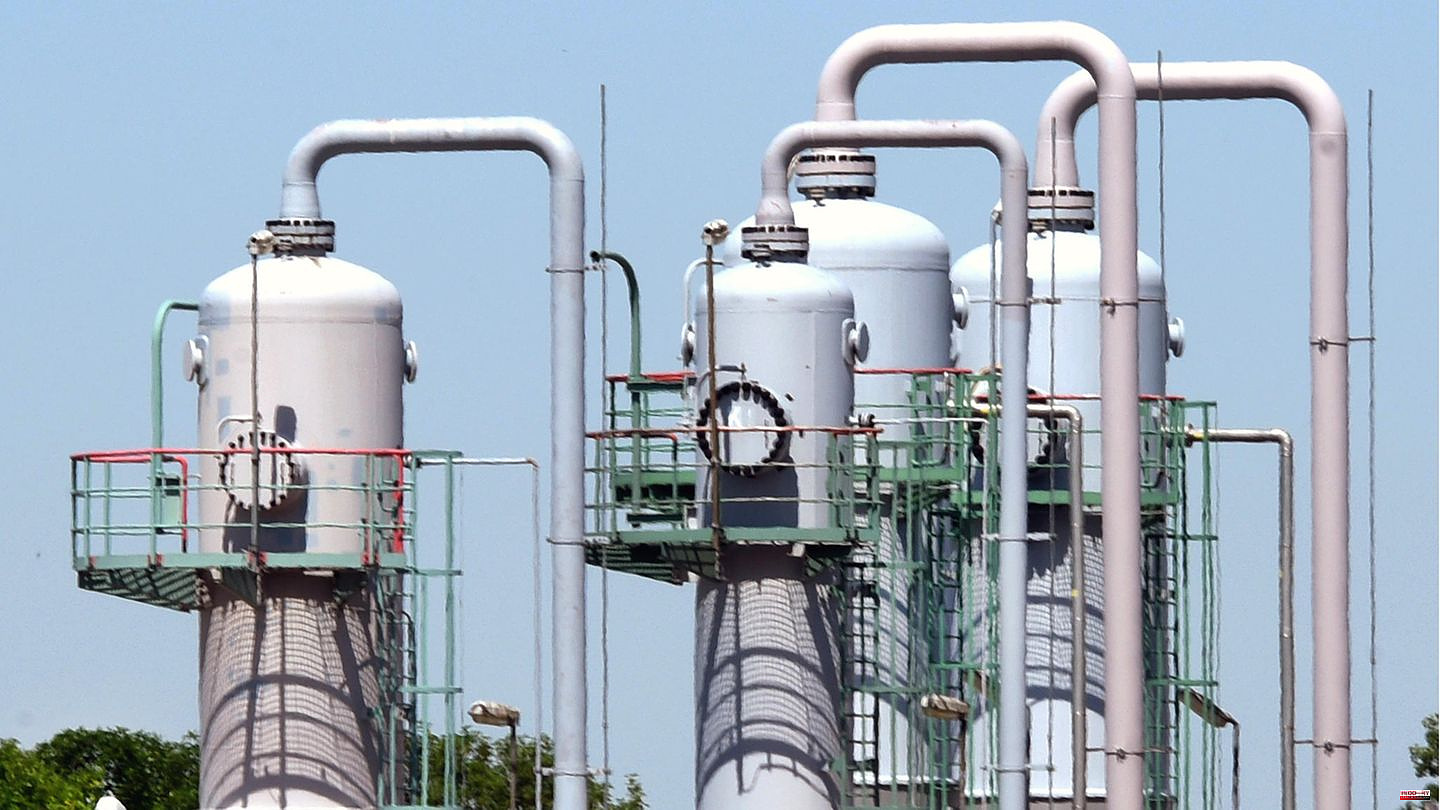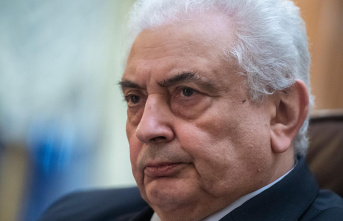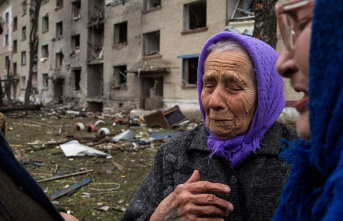First there was a long maintenance break - and then gas from Nord Stream 1 again, despite all fears. Short maintenance work then followed - but this time there was no gas flow for the time being. Allegedly due to a technical defect, the flow of gas through the Baltic Sea pipeline remains interrupted for the time being. Nevertheless, the gas supply in Germany is still secured, say the authorities and the government. But what does that mean? The most important questions and answers at a glance:
On Friday evening, the Russian state-owned company Gazprom surprisingly announced that the gas flow through Nord Stream 1 would remain stopped until further notice - and would not, as planned, be resumed after the three-day maintenance work had been completed. The reason for the stop is an oil leak in the Portovaya compressor station, Gazprom said. Until this is stopped, no more gas can flow.
The Federal Network Agency doubts that. "According to the Federal Network Agency, the defects alleged by the Russian side are not a technical reason for the cessation of operations," writes the authority in its gas supply management report published on Saturday. Siemens Energy, the manufacturer of the allegedly affected turbine, made a similar statement. Sealing such leaks is a routine part of maintenance work.
Yes, says Russia - for lack of alternatives. There are no technical reserves, Kremlin spokesman Dmitry Peskov said on Friday afternoon. "Only one turbine is running." Siemens Energy also contradicts this view: According to the company, there are enough turbines in the Portovaya compressor station to operate the pipeline. At the end of July, Russia had already cut back deliveries from Nord Stream 1, citing a defective turbine. At the same time, a repaired turbine for Nord Stream 1 is still in Mülheim, waiting to be transported onward.
Practically yes, but theoretically at least Russian pipeline gas can get to Germany via Waidhaus in Bavaria. Among other things, Waidhaus is the port of call for Transgas, a pipeline system running via the Ukraine and Slovakia to Austria and Germany, but also for Nord Stream 1 gas via the Czech Republic. According to the Federal Network Agency, however, only small or no quantities have recently arrived in Waidhaus anyway.
Above all from Norway, Belgium and the Netherlands - significantly more than recently from Russia. According to the Federal Network Agency, around 2,900 gigawatt hours of natural gas flowed from these countries to Germany on Thursday. For comparison: On Monday, before the announced supply reduction, Nord Stream 1 transported around 348 gigawatt hours of Russian natural gas. Points of contact for future imports are also the terminals for liquefied natural gas (LNG) on the North and Baltic Seas, which are being planned and built at breakneck speed. At the turn of the year, the first systems are scheduled to go into operation.
Yes - and it should stay that way, says Sebastian Bleschke, Managing Director of the Energy Storage Initiative (INES) industry association. Last Wednesday, the first day of the delivery interruption, has already shown that this is possible. However, current figures from European gas storage operators also show that since the Nord Stream interruption began, less has tended to be stored and more withdrawn than before. The filling levels are still rising, according to the latest data to 85.02 percent on September 2nd.
An ordinance stipulates that the German storage tanks must be at least 85 percent full by October 1st - with the current filling level, this mark has now been reached with some advance notice. According to the regulation, it should be 95 percent on November 1st. However, that could be difficult, said INES boss Bleschke: "If the complete failure of Russian gas transport continues into November, it will require great effort to reach the 95 percent target."
One thing was always clear: the amount of gas stored at a level of 95 percent roughly corresponds to the nationwide consumption of the two months of January and February 2022. It is therefore not enough for a complete heating season. At the same time, gas imports will continue in autumn and winter, so the gas that is then used will not come from storage facilities, or not only. And the aim of the Gas Storage Ordinance was and is precisely to better arm Germany against a total failure of Russian supplies. Nevertheless, the Federal Network Agency once again emphasizes the importance of economical gas consumption in its current management report.
That's hard to predict. The price of the TTF futures contract for Dutch natural gas, which is seen as a trend-setting gas price in Europe, initially rose sharply at the end of August. After that, however, it went just as steeply downhill to just over 200 euros again. However, the last price survey before the weekend was dated 3:59 p.m. on Friday, i.e. before Gazprom announced further gas supply disruptions.












